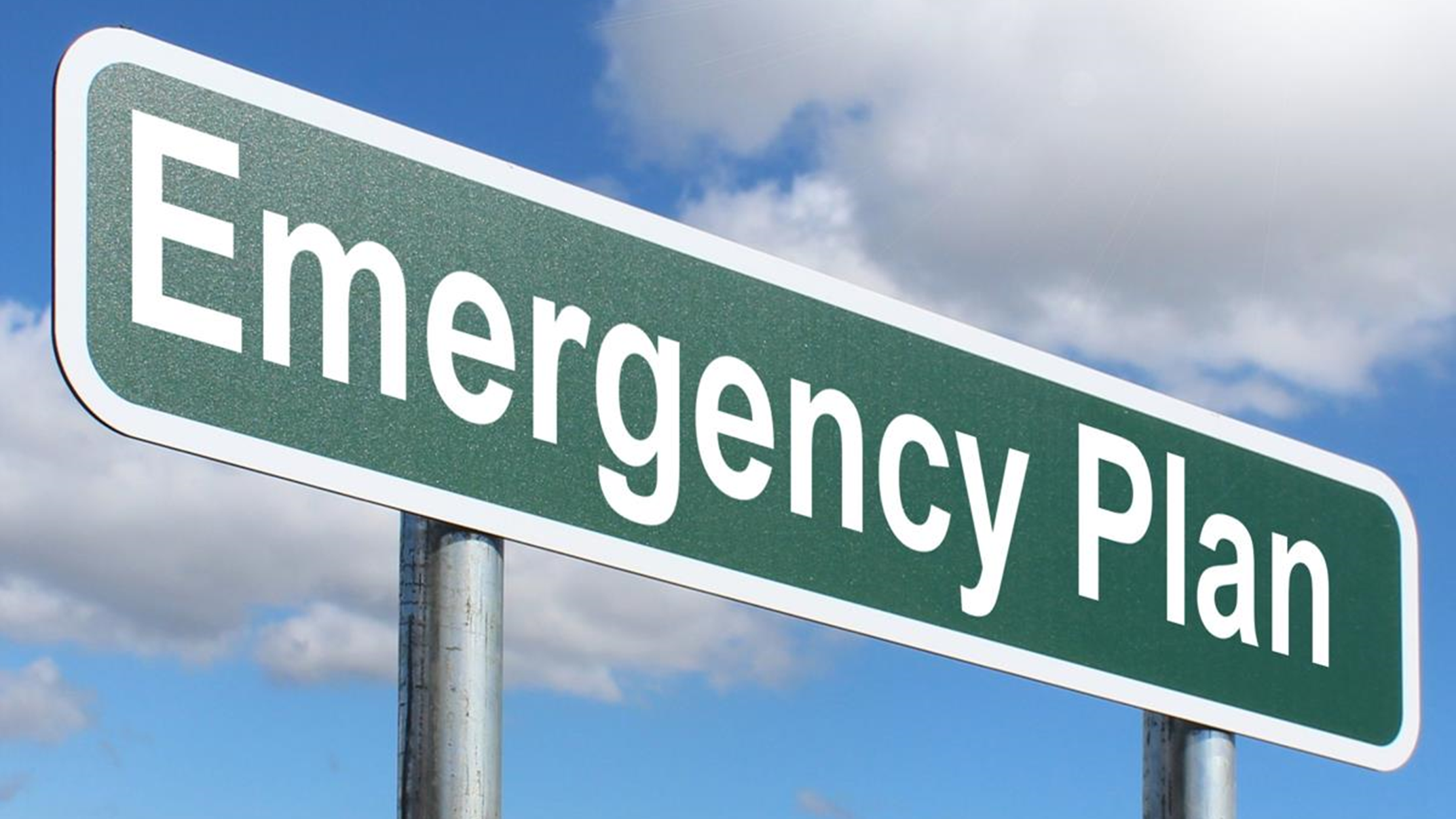With unprecedented changes in the workforce, employers are re-evaluating how to protect employees both on-site and remotely, establishing flexible methods of communication with a workforce that can be working in the office, working remotely, or both. However, even though quarantine and social distancing restrictions and the rise in remote work made incidents and workplace emergencies less common in recent times, it is critical that employees understand safety and security procedures once they return to the workplace or even handle emergency situations when they are situated remotely.
Emergency responses related to system outages, medical emergencies, and current extreme weather events such as La Niña bringing us heavy rainfall and flooding are all threats that we may expect to face one way or another in our current environment. In addition, it is no longer possible to effectively participate in emergency management without considering information technology and cyber risks. Cyberattacks are now considered a major risk category due to their immense scope and frequency.
Planning for an emergency has had to change along with how organisations handle practically everything, including employees working remotely. Planning for prevention, reaction, and mitigation is essential to maintaining business continuity and worker safety in the future. The following four phases, depicted in Figure 1, should be kept in mind as you update and enhance the emergency response and recovery strategies for your company.

Figure 1 – A framework for Emergency Response
Reach out
Contact a security consultant. Plan and carry out a risk assessment to identify potential emergency scenarios with these mission partners. Understanding potential risks and crisis situations will help you create strategies and processes for your company's readiness and establish the resources you'll need. Adopting a holistic approach is critical at this stage, where preparation for the worst-case scenarios ensures that your organisation is prepared to handle a range of different situations, minimise the impact, respond effectively and recover quickly.
Plan
Plan your response to potential security workplace emergencies. Take lessons from past occurrences like the pandemic to guide your planning. Make strategies, including security, emergency response, emergency communications, and business continuity plans, in response to current risks in your area that could have an impact on your industry. Take into account access control, video surveillance, signage, reporting of suspicious activities and the safety of your clients and employees.
Consider your organisation's operations while designing and evaluating a programme for monitoring and surveillance. Create shelter-in-place and evacuation plans as well, and make sure that all evacuation diagrams, which should include emergency exits, primary and secondary escape routes, fire extinguisher locations, and assembly points are posted in each workplace. Building response into standard operating procedures that can be easily understood and communicated is critical.
Train
Exercise your plans often and provide your employees with training resources. Ensure employees understand security basics, emergency communication plans, business continuity plans, and emergency response plans. Employees should be educated about disaster preparation for hazards that may also affect their area. In the event of an emergency, no one rises to the occasion. Everyone falls to the highest level of their training. Regular training drills, refinement of standard operating procedures, and distilling emergency response into easy-to-follow infographics are essential to building an organisational culture of vigilance, preparedness and resilience.
Report
Consider making the reporting process as easy as possible. Reporting should be accessible and quick. Vigilance in the organisation and a posture of security are essential in the early detection of emergency situations. The speed of the organisation's identification of the emergency and the response is vital and often means minimising loss of life and impact upon the business.
Traditionally, the role of emergency management planning has had a closer relationship with fire safety services than it has within the security community. However, security plays an integral role in emergency management planning, and its integration with security planning is a vital addition to identifying the risks and applying the right mitigation strategies to protect facilities, businesses, and people. Emergency management plans should consider security situations such as bomb threats, active shooter scenarios, and hostile vehicle mitigation. In addition, as cyber threats continue to increase, stakeholders should promote a culture of cyber readiness. This can be achieved by including cyber incidents as a key risk category in emergency management.
Remember, the best-laid plans must be put into action in order to be effective. To ensure that emergency management plans remain up-to-date and effective, they should be revisited and re-evaluated at least annually. In summary, these tips should help your organisation and employees better prepare for any number of potential incidents and most importantly, the ability to remain resilient to any emergency.

